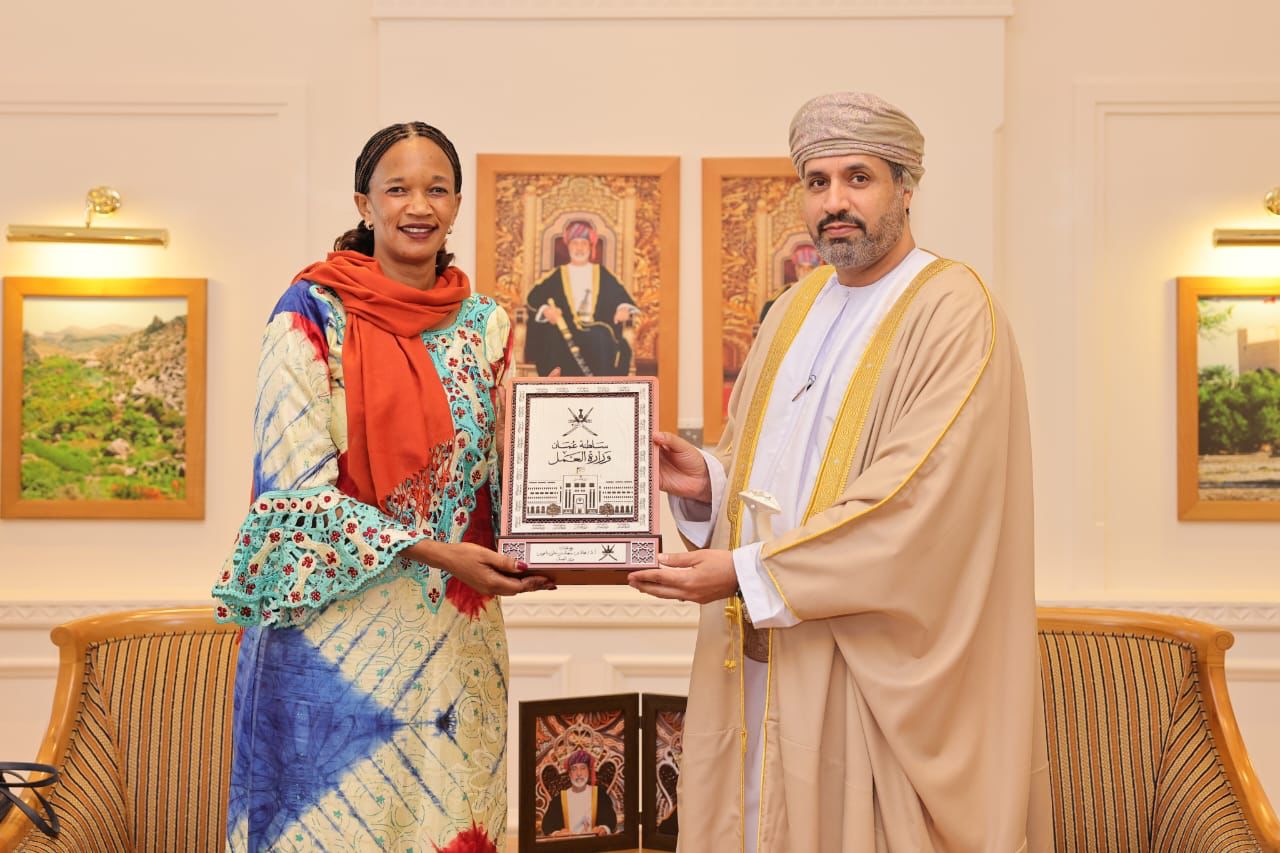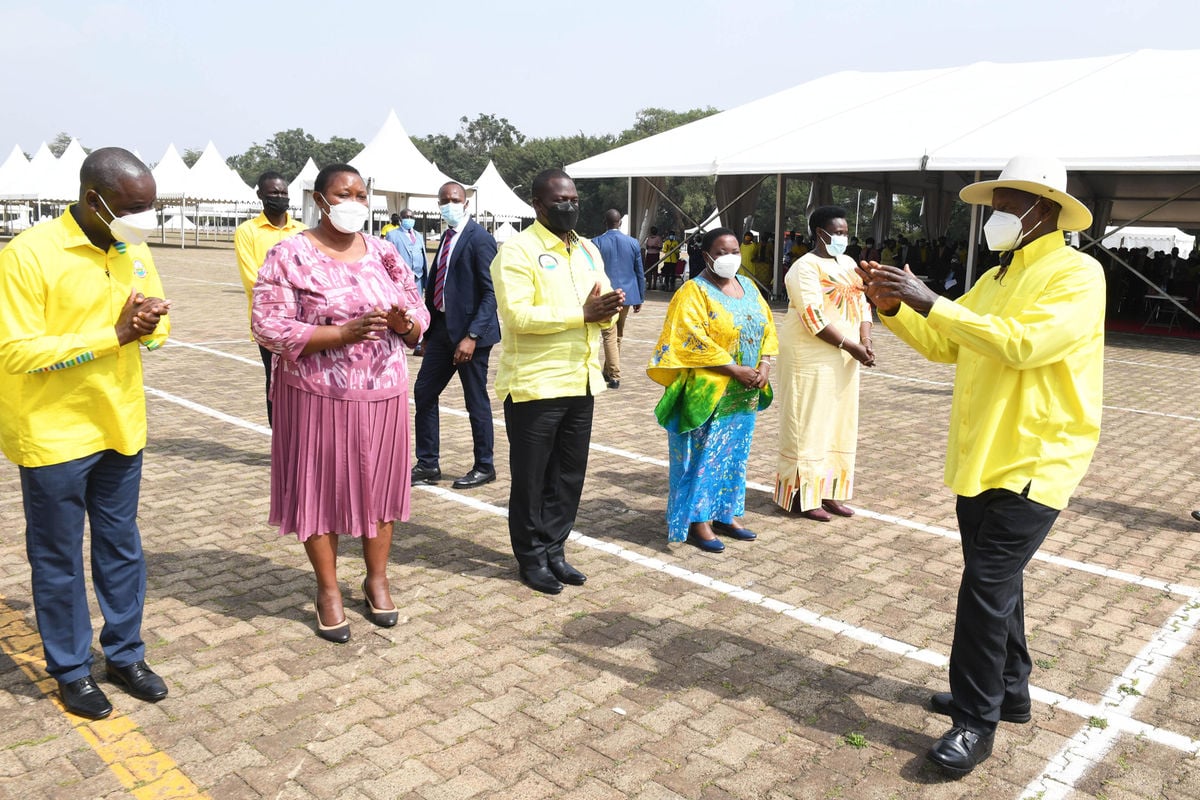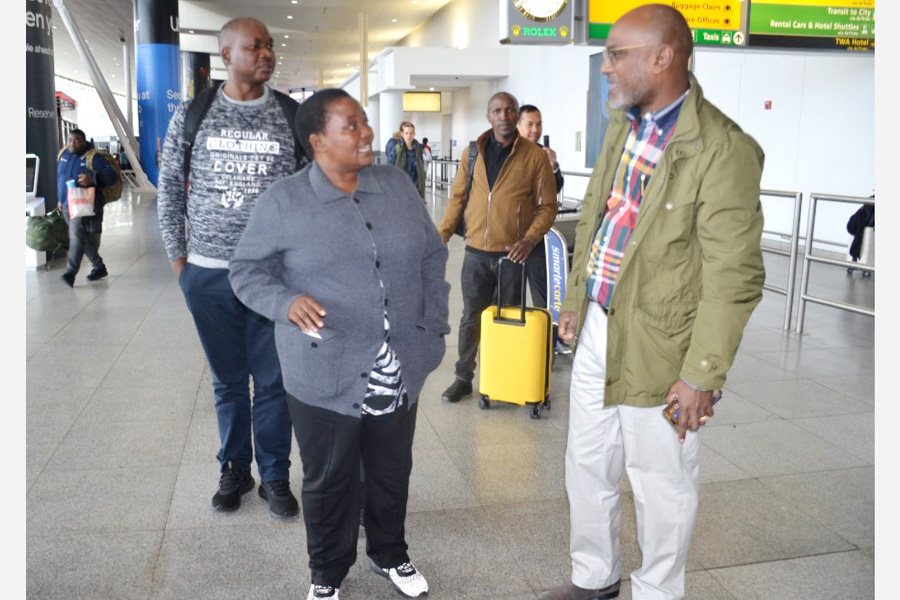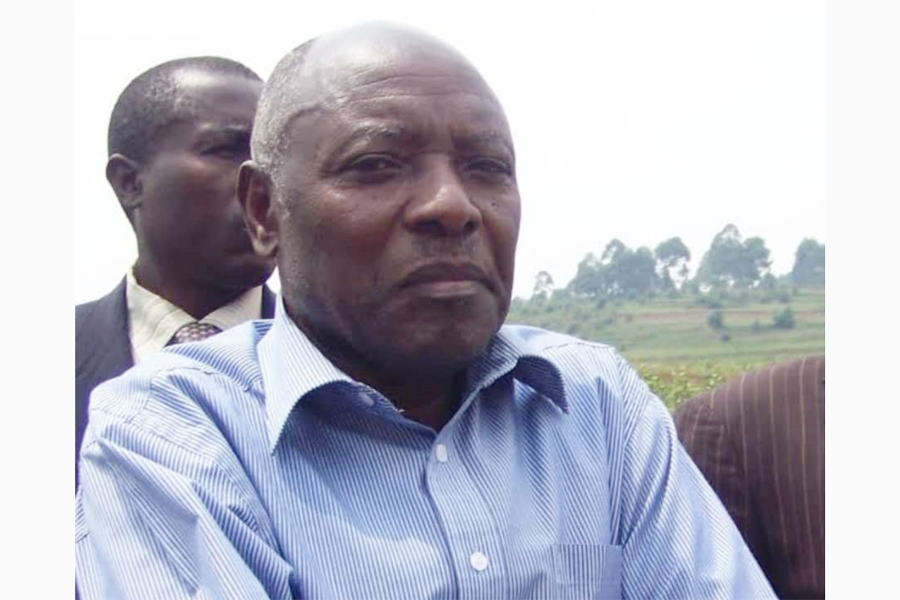Opinion: Uganda's many failed attempts to measure a middle class that does not exist
The swabs from the toothpick I’d used after my lunch in Kamwokya were drying last Monday when my editor pointed out that my column on the middle class – was making the waves.
‘Making the waves’ was code for going viral, or rather being read by many people.
Keep Reading
‘Strange’ I thought.
Most of the columns that have ‘made waves’ are written in the spur of the moment and address an already trending topic. They typically weigh-in on an already existing debate, which this one wasn’t doing.
It was an abstract topic.
I figured that the editor’s choice of headline encouraged a lot of readers to come to the column. And he went for the more catchy ‘Does driving a car, renting a nice house qualify you as middle class?’ over the bland ‘What Or Who Is The Middle Class In Uganda, Anyway?’ that I had offered.
https://nilepost.co.ug/2019/08/19/does-driving-a-car-renting-a-nice-house-qualify-you-as-middle-class/
Allow me digress a bit here to say, trending – in and of itself – is a class problem. The topics that pique the minds of the elite are those that they deeply relate with and/or find ‘shocking’.
Take for example, last week’s photo of a lady [Amanda Ngabirano] - in a suit - riding down the Nile Avenue. It ‘made the waves’ not because of any uniqueness – bicycles in Kampala are a common occurrence at least in the downtown environment but because our middle and ruling class that drive cars and occasionally ride-hail bikes, find bicycles an off placement in their ensemble of the city, riding one dressed as one of them would pick their interest.

In any case, if one started a ‘ride-a-bike night’ it would ‘catch on’ as we say in this neck of the woods.
But back to the point, the definition of who falls in the middle class is not harmonious, neither is it static and conclusive. It involves, of course, the intrinsic value; how much money does one have and how do they spend it? How do they earn it? How much of it goes to luxury product shopping?
This is only but one marker of belonging to the middle class.
The second marker and much harder question to answer is the ownership of the means of production that produce the intrinsic value required to maintain a middle class life.
It is a Marxist approach to look at class relations from who owns the means of production but it is an apt indicator and decider of who goes in, stays or leaves the middle class. Large company lay-offs could affect car ownership for example, or even mortgage payments which in turn reduce the middle class.
The question on the middle class in Uganda was first obsessed over by the Prime Minister Apollo Milton Obote. In 1970, a year before he was deposed, Obote tasked his finance officials to take a survey for how many Ugandans belonged to the ‘middle class’. That time, the measure was who had an iron roof over their head – About 800,000 of the country’s 8 million population were polled in the middle class.
During the troublesome years that followed until about 1999, Uganda’s leadership was locked in fixing ‘strategic bottlenecks’.
The obsession returned in 2000 when South African giant, Shoprite, opened its first mall in Lugogo. Government now polls who belongs to the middle class by who earns and spends between 1 – 5 million shillings a month. And considering the cost of living nowadays, that’s not a big amount to take home.
Anyway, from Kamwokya where my lunch was settling in my tummy, anyone without a speck of dirt on their clothes at lunch time is considered a member of the middle class.













